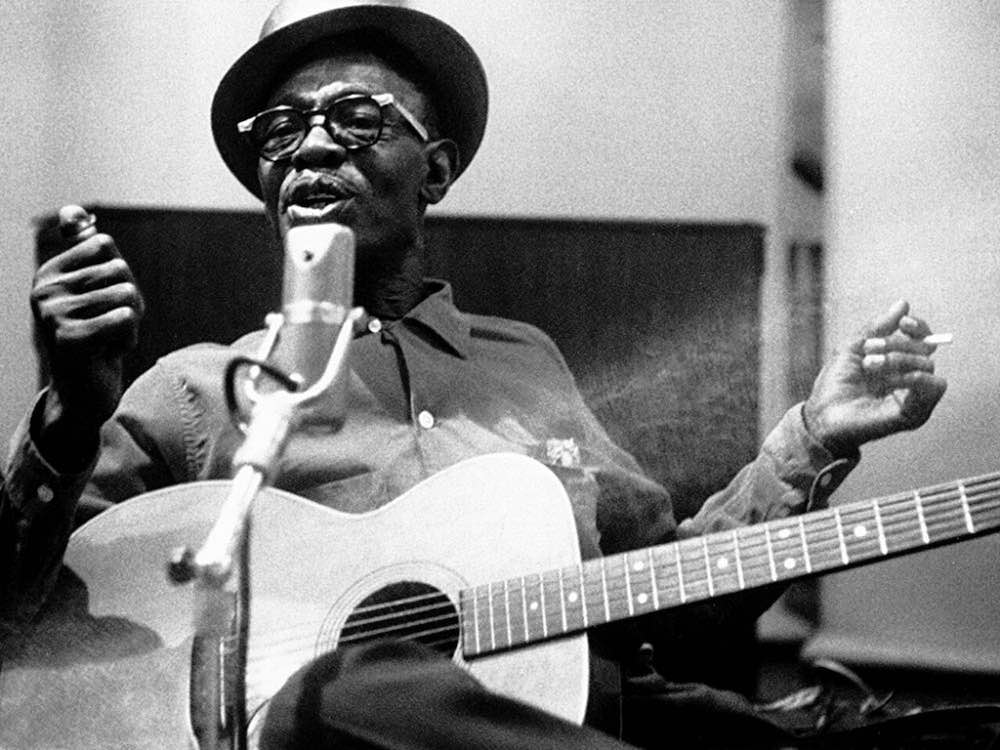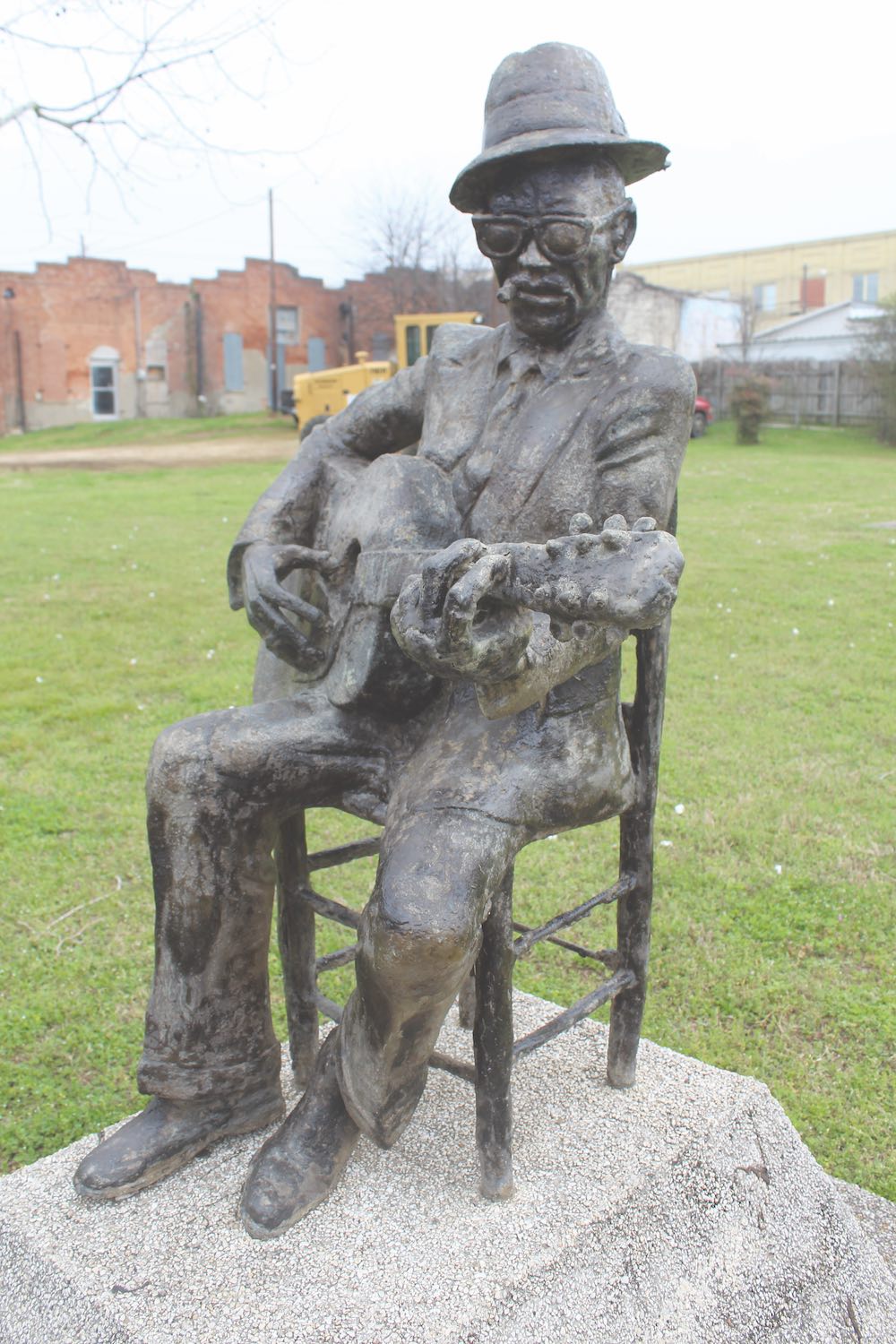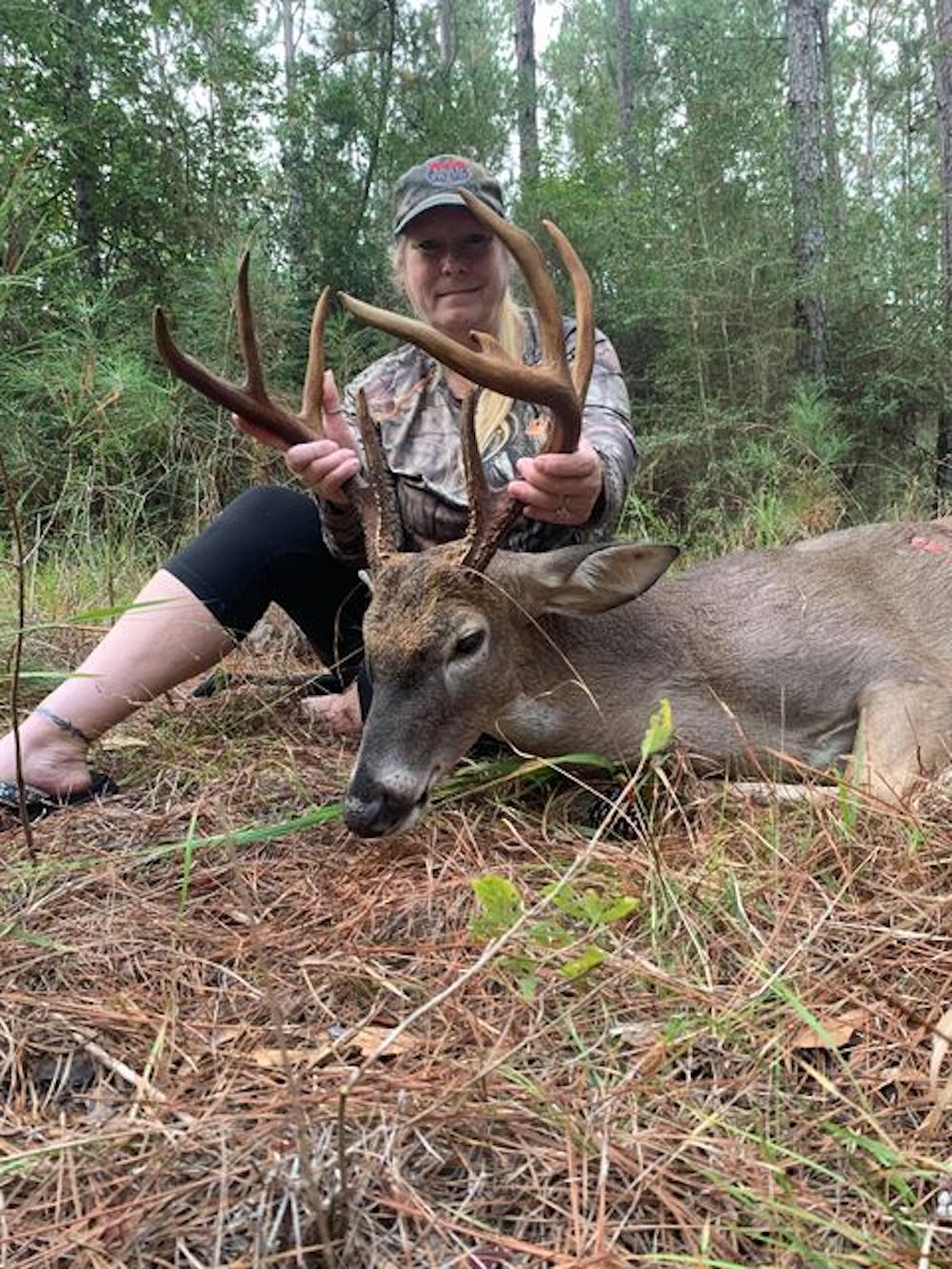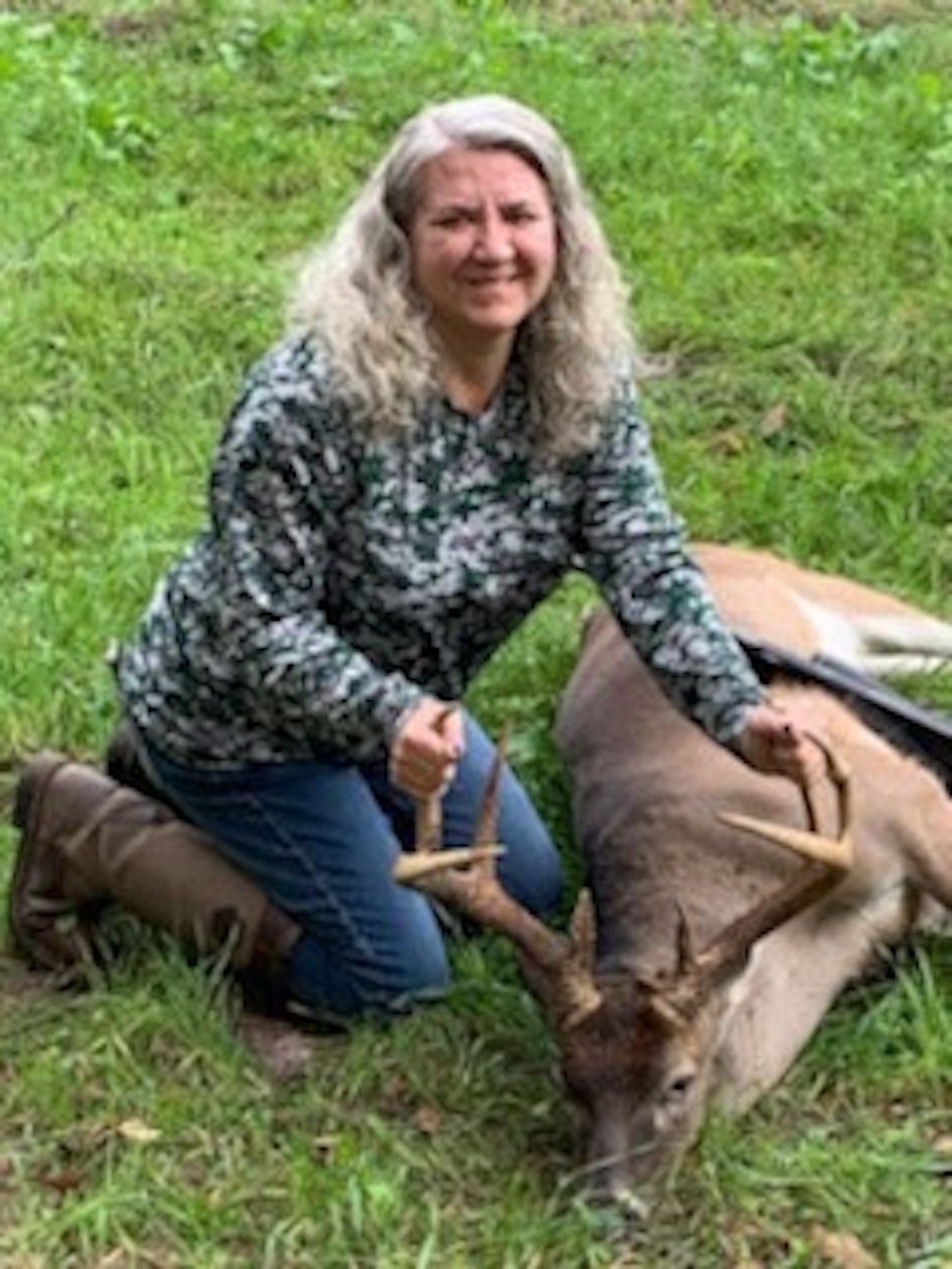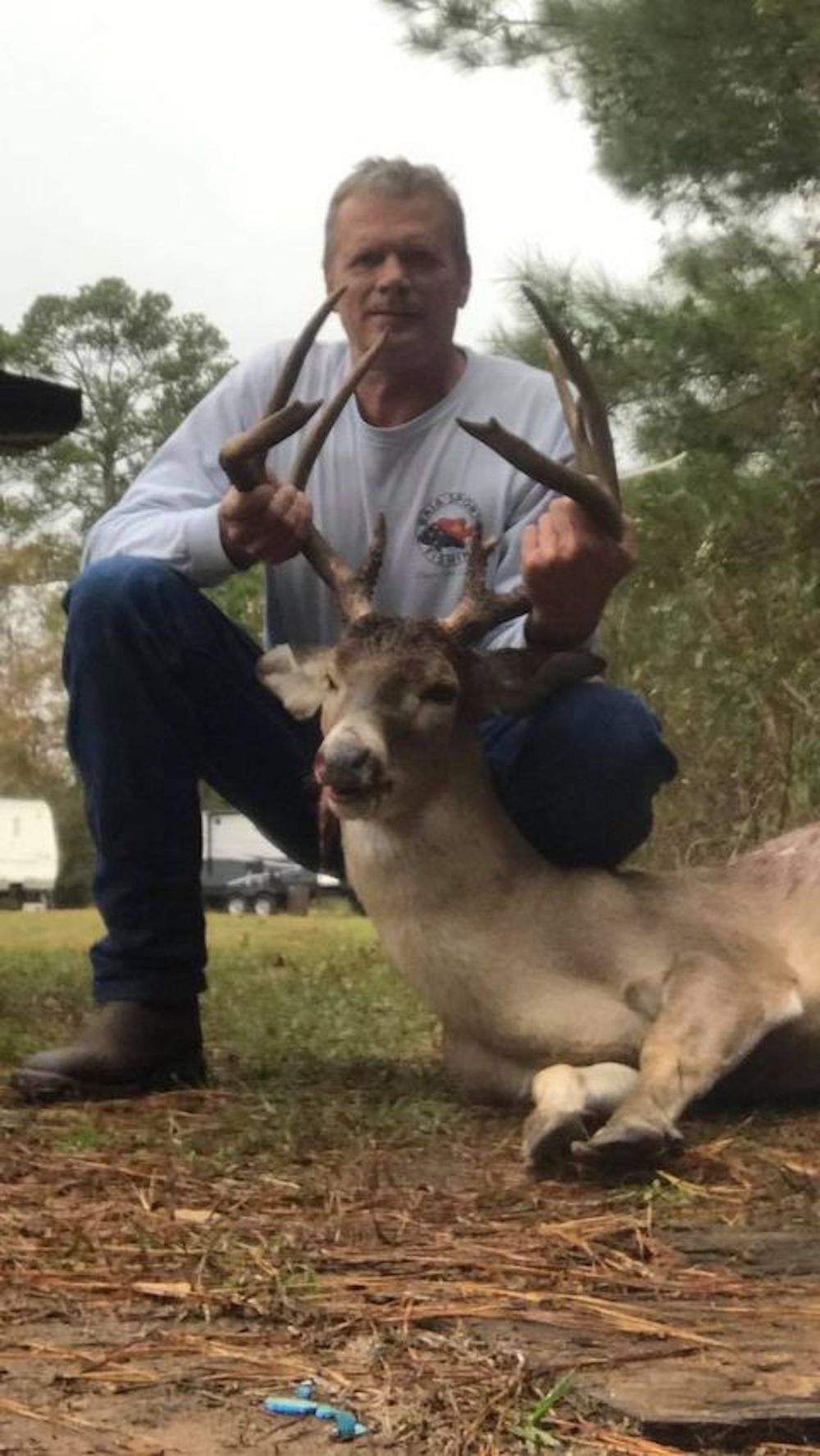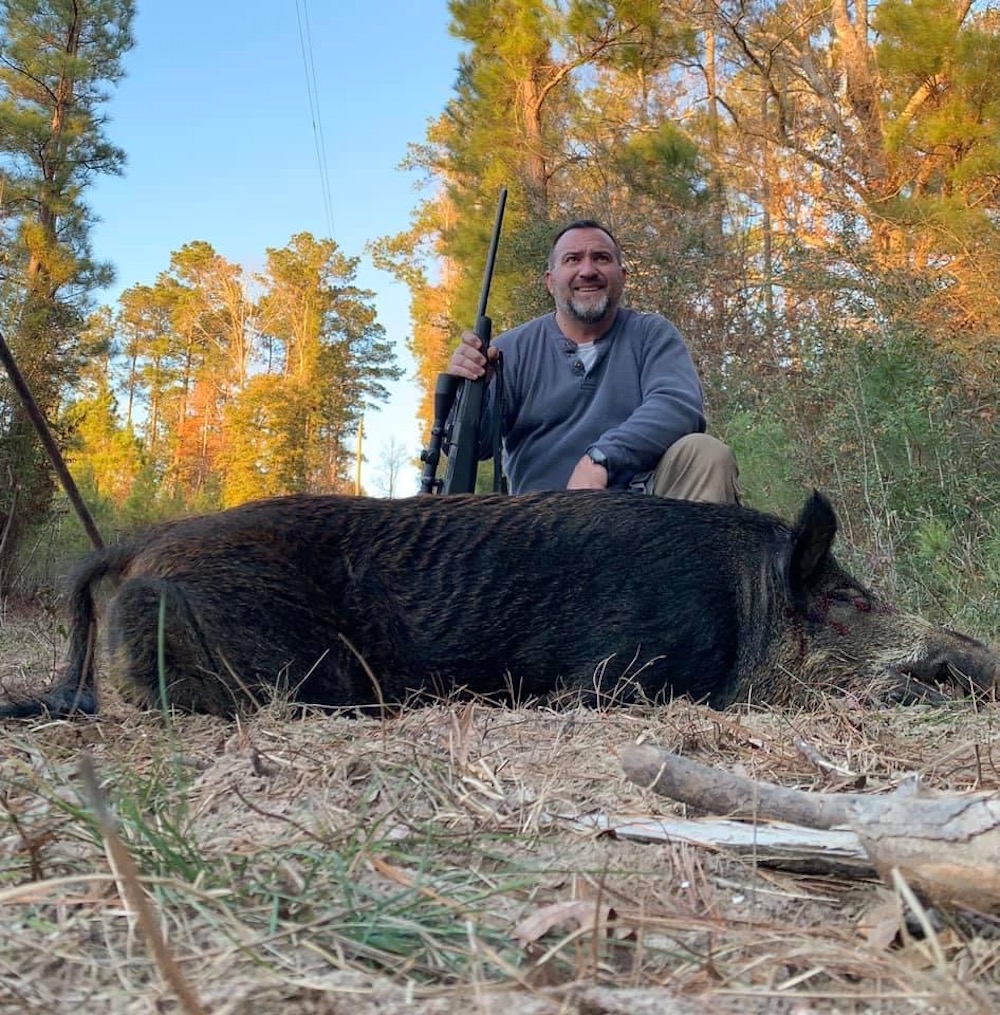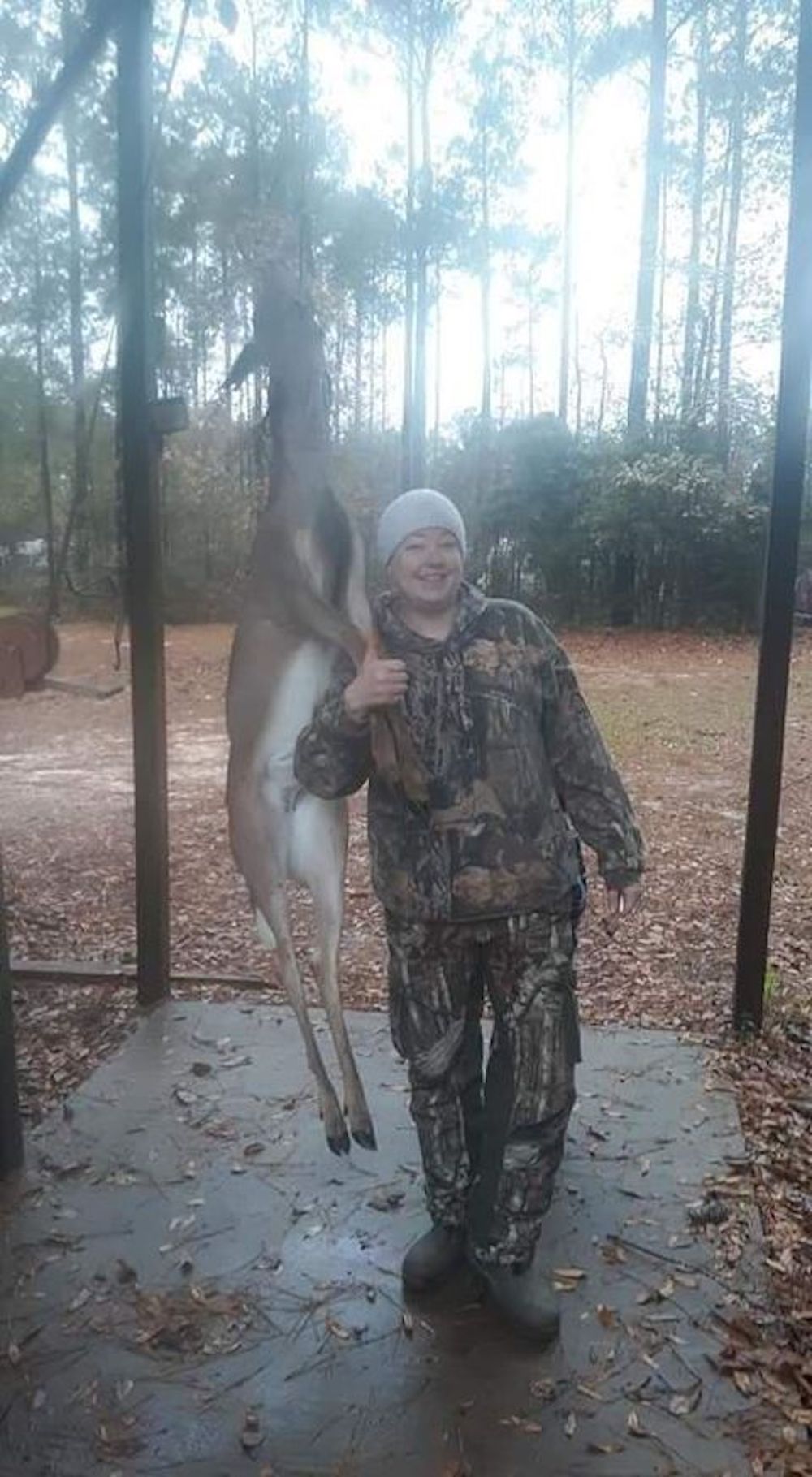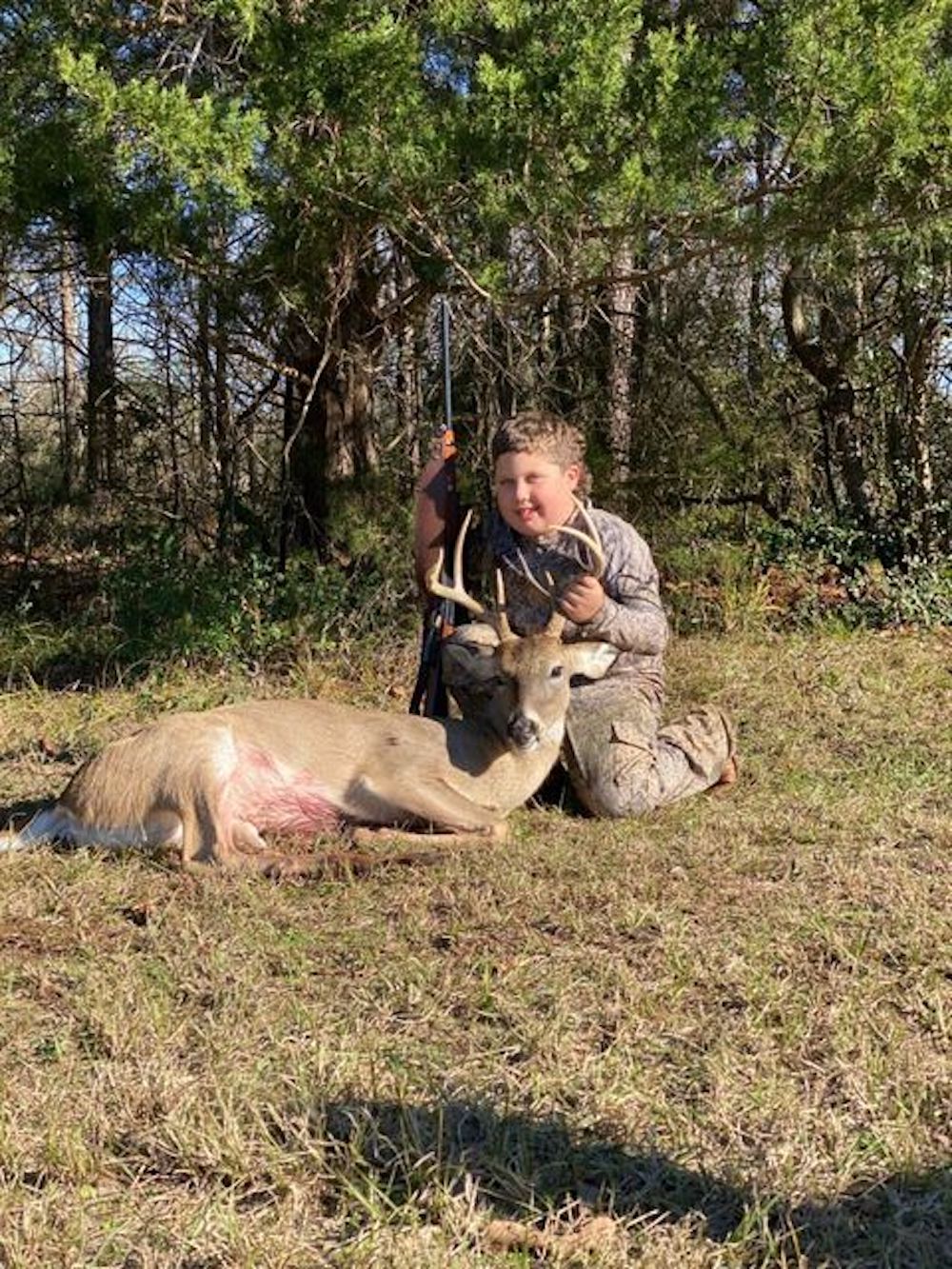Brady to retire from House
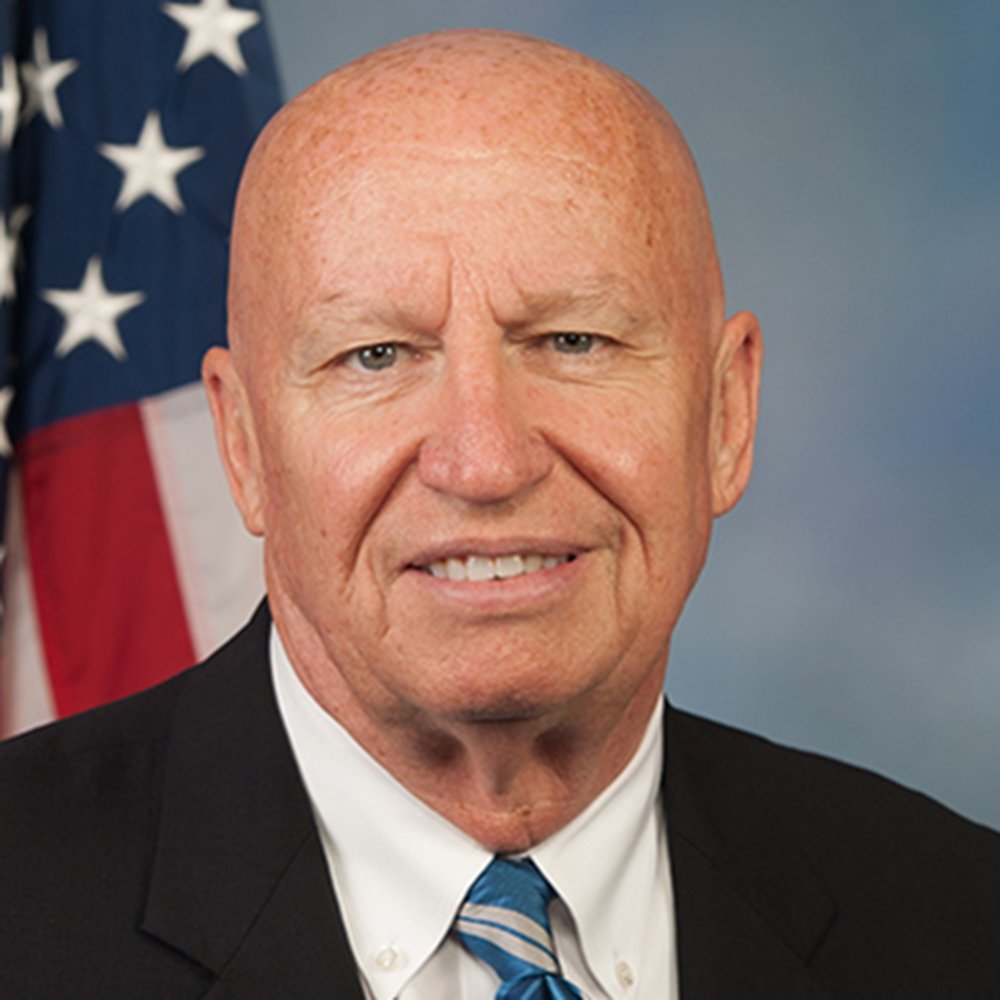 FILE PHOTO U.S. Representative Kevin Brady
FILE PHOTO U.S. Representative Kevin Brady
THE WOODLANDS — U.S. Rep. Kevin Brady, R-Texas, announced he will end his tenure as a Congressman at the end of this term.
Brady made the remarks during The Woodlands Economic Outlook Conference, held online on Wednesday.
The 13-term Representative of the Eighth District, which includes Trinity and San Jacinto counties, told those attending the conference about his decision to retire.
“I set out to give my constituents the representation you deserve, the effectiveness you want and the economic freedom you need,” he said. “I hope I delivered. It’s a remarkable privilege to work for you in the U.S. House of Representatives.”
Brady said he was proud to have worked with the President and lawmakers from both parties to redesign America’s broken tax code, reform the IRS, pass the new US-Mexico-Canada trade agreement, reform America’s retirement system, end the unfair ObamaCare individual mandate and its harmful taxes, and sign into law a historic national ban on surprise medical bills.
“The Tax Cuts lifted millions of Americans out of poverty, and gave hope to so many the old tax code had left behind,” he said. “America recaptured the title as the most competitive economy in the world, bringing manufacturing jobs and investment back home to America from overseas.
“And we preserved my first success as Chairman: negotiating for Speaker Paul Ryan an end to the 40-year ban on selling U.S. crude oil overseas,” Brady said.
Brady said he works with some of the most dedicated people in the nation — people who are talented, hardworking and serious about their responsibilities — in both parties, and after 25 years in the nation’s capitol there hasn’t been a problem that can’t be solved.
“I love this job, and thanks to incredible lawmakers I’ve worked with in Congress and the White House, I’ve been fortunate to do big things for our country, bigger than a small town boy from Rapid City, South Dakota whose father died when young, with all five of us children raised by a remarkable single mom, could ever dream of,” he said.
Brady said his decision to retire does not have an ulterior motive.
“Is this because I’ve lost faith in a partisan Congress and the political system? Absolutely not,” he said. “Given the times, I’m sure some will say, ‘It’s Trump’s fault.’ Nonsense.
“As you may not know, because House Republicans limit committee leadership to six years, I won’t be able to Chair the Ways & Means Committee in the next session when Republicans win back the House majority,” Brady said. “Did that factor in? Honestly, some. But as I see it, our committee leader term limits ensure lawmakers who work hard and effectively have the opportunity to lead, to bring fresh ideas to our committee work. In my view, it’s a good thing. And the great news is that our Ways & Means Committee is incredibly talented. I’m confident about its future.”
Brady said that in the end, he will leave Congress the way he entered it, with the absolute belief that we are a remarkable nation – the greatest in history.
Despite what the media and social media bombards you with each day, we are not the hateful, racist, divided nation they peddle,” he said. “They are dead wrong. Turn off that noise and you’ll hear the true heartbeat of America. We remain the most charitable nation on the planet. We are a nation so valued that a million military men and women have sacrificed their lives for our freedoms and opportunity.
“Look at yourself; look around at your friends and our community,” he said. “We come together every day voluntarily to feed the hungry, house the homeless, rescue our veterans, race to help our neighbors in a natural disaster, and more. We do this without a single thought about the color of our anyone’s skin, their religious beliefs, or the circumstances of their birth. We volunteer, we give from our pockets and our hearts, we care for each other. Because that is who America is.”
Brady said the country remains a work in progress, but it’s what makes America special.
“Every parent, every generation, is determined to leave a nation for our children — and others — better than the one we inherited,” he said. “As a result, the American Dream is still alive and well for anyone willing to work for it. That is why I remain optimistic about our country, because I have faith in our people. I’ve seen up close how remarkable you are, and while I am leaving Congress, I am excited about our future.”
Brady thanked his supporters for what he called many unbelievable opportunities to lead, including becoming only the third Texan in history to chair the House Ways & Means Committee, and saved his most heartfelt appreciation for his wife, Cathy.
“She is a true angel (you have no idea), who made all this possible and is the best thing in my life … ever,” he said..
- Hits: 1867


